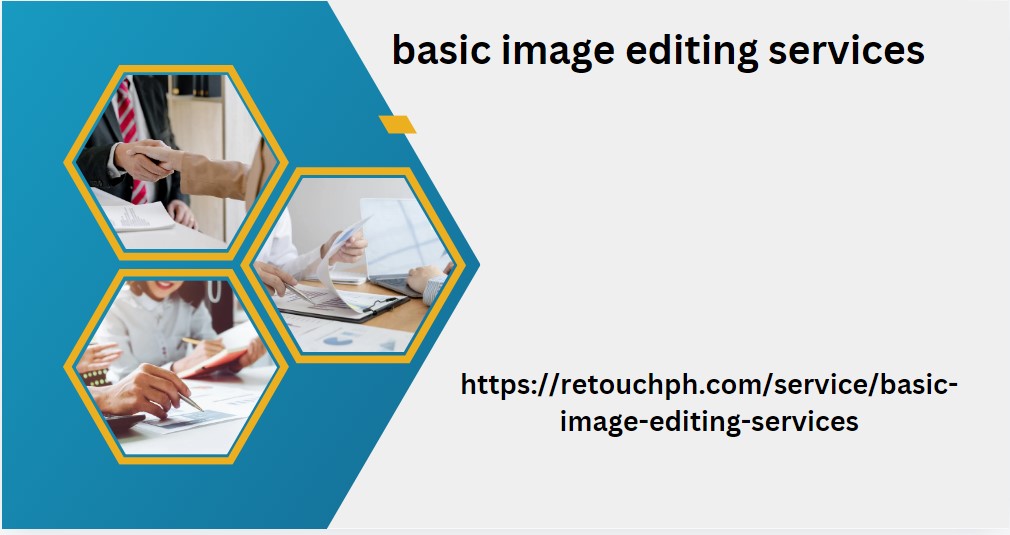As Google’s plans to phase out third-party cookies move forward, businesses are fac with the challenge of finding alternative solutions to collect data and run personaliz and effective marketing campaigns.
First-party data, or first-party data
Comprises information we collect directly from customers and users. This includes contact data, sales data, browsing habits and interactions with our communication channels.
This data is crucial because it offers direct insight into customers in relation to the drop shadow services offered. It is essential for making informed decisions, automating communications, developing new services or optimizing any stage of the customer journey .
Historically, many advertisers have delegated their campaigns and data to large advertising platforms such as Google, Meta or Amazon, trusting in the insights generated by them. These companies, aware of the power of information, have adopted “walled garden” strategies , seeking to monopolize the information generated between users and advertisers, keeping you dependent on their advanced services and data.
However, with the end of cookies and stricter regulation on the transfer of personal data , the need to boost organic collection of first-party data has become more critical. It is vital to implement strategies that allow us to better understand our customers or potential customers and their needs.
For example, if 80% of new visitors to a website do not return, it is essential to capture some contact a complete list of unit phone numbers information during their visit to maintain communication and the possibility of reconnecting.
Proprietary Data to Improve Customer Service and Market Analysis
One advantage of first-party data is its relative low cost and easy access. However, it is important to note Sistem Beus Toledo Hayang Nyadiakeun that some of this information may be in unstructured formats , such as logs or audio, which can involve significant effort and cost to transform. This, in turn, can be very valuable in complementing our understanding of customers and processes. For example, analyzing our customer service interactions using Natural Language Processing (NLP) can reveal common problems in customer service and help improve it at the root.



